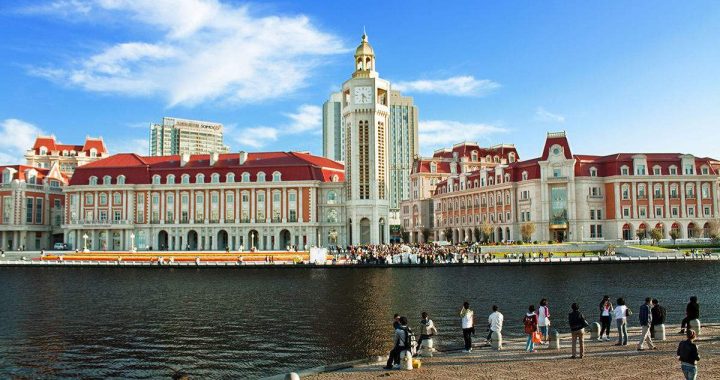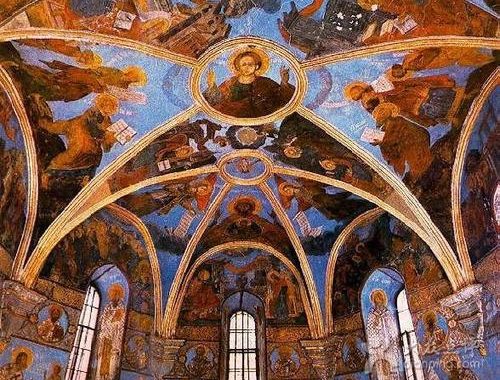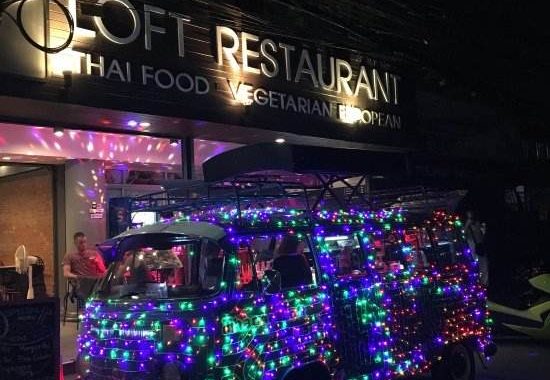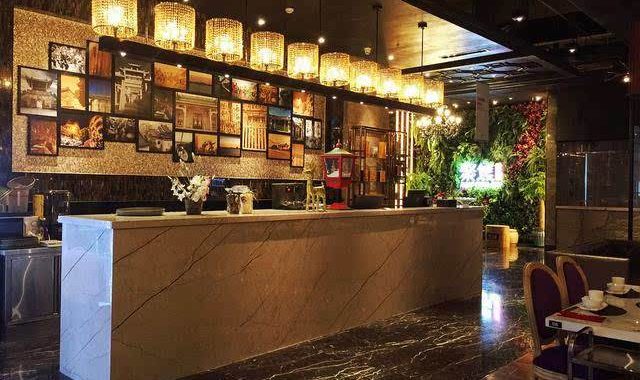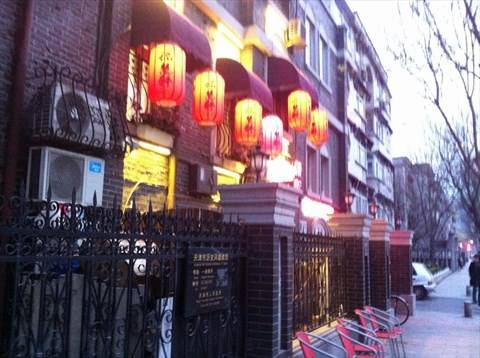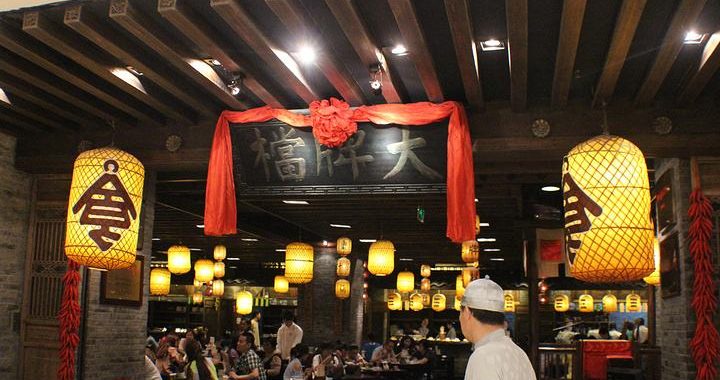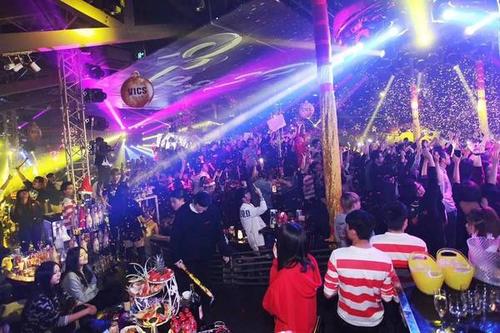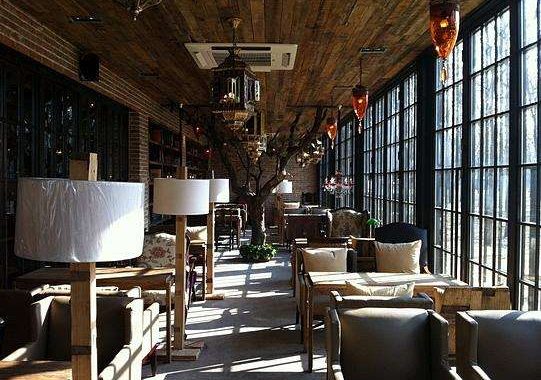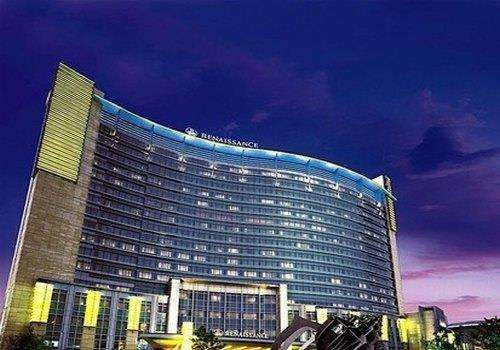Tianjin’s port connects China to the world
2 min readWalking down Fifth Avenue or Chifeng Lu is like strolling through ld black and ite movie. There are more than230 0 buildings of, French and Italian styles on which was the heart of the French zone. From Central Park, which used to be a French garden, six lanes branch out into downtown shopping areas.
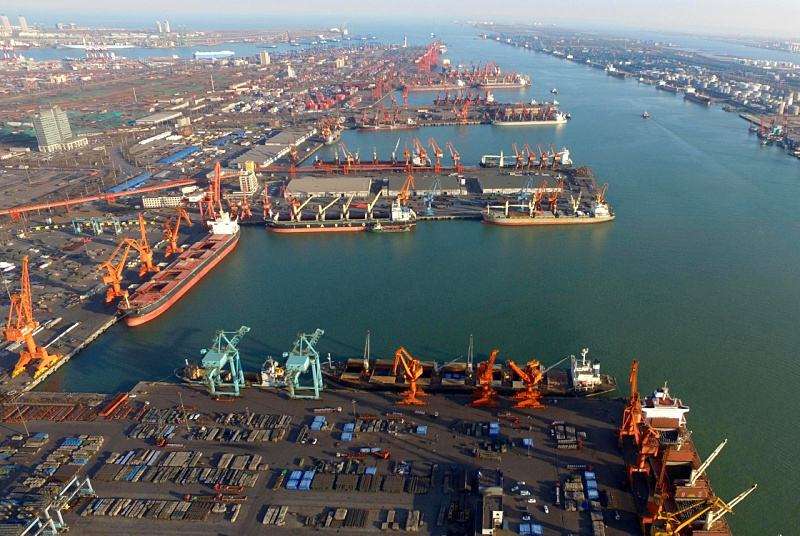
Fifth Avenue was once a seedy den of traitors and intrigue. Before 1949, the street was known as The Governors’Street, named for the many warlords and politicians who made this street their refuge after being deposed or run out of office in the mercurial world of Chinese politics. Many Chinese celebrities also made their home in this stylish area in an effort to escape the chaos of the era.
Transformed from high treason to high fashion, Chifeng Lu now forms the core of Tianjin’s fashion scene. The street, home to rows of hip clothing shops with funky names like Bomb Plastic, Bubbly Disco and Rome Holiday, draw the young and fashionable who swarm to this area for the latest in haute couture.
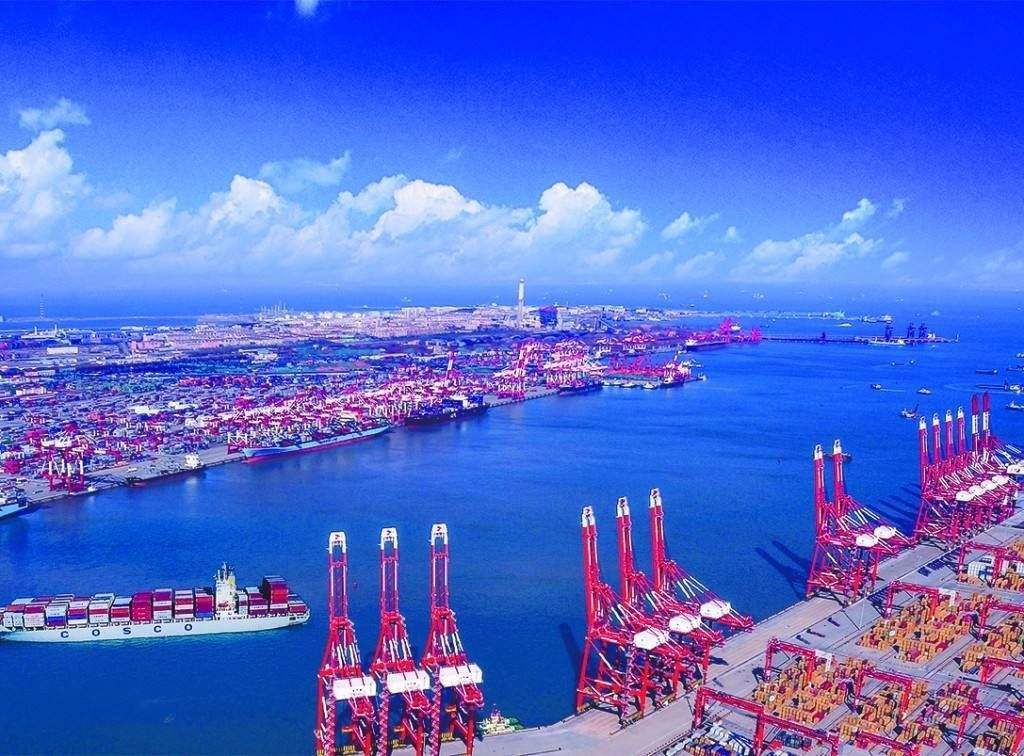
Not only did the foreign residents build charming homes, they also left many places of worship in the city. Among them, the Wanghai Lou Cathedral(wanghailou jidotang) has experienced dramatic ups and downs, emblematic of China’s turbulent past with the West.
The cathedral, ocated by the Shizi Lin Bridge(shizi linqi), north of the Haihe River, was first built in 1869 by French Catholics. Over the years it was destroyed and rebuilt several times and is now once again an active place of worship.
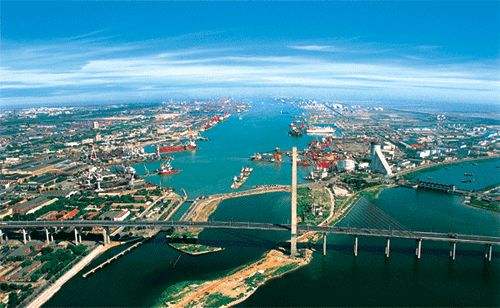
Unlike many Chinese cities, Buddhist temples don’t dominate the places of worship in Tianjin. The largest and best-maintained temple is the Grand Mercy Temple (dabei chansi)beside the Jinga to some outstanding br ang Bridge in the Hebei District. More than 300 years old, it’s home bronze, stone and wooden statues dating back several centuries.
